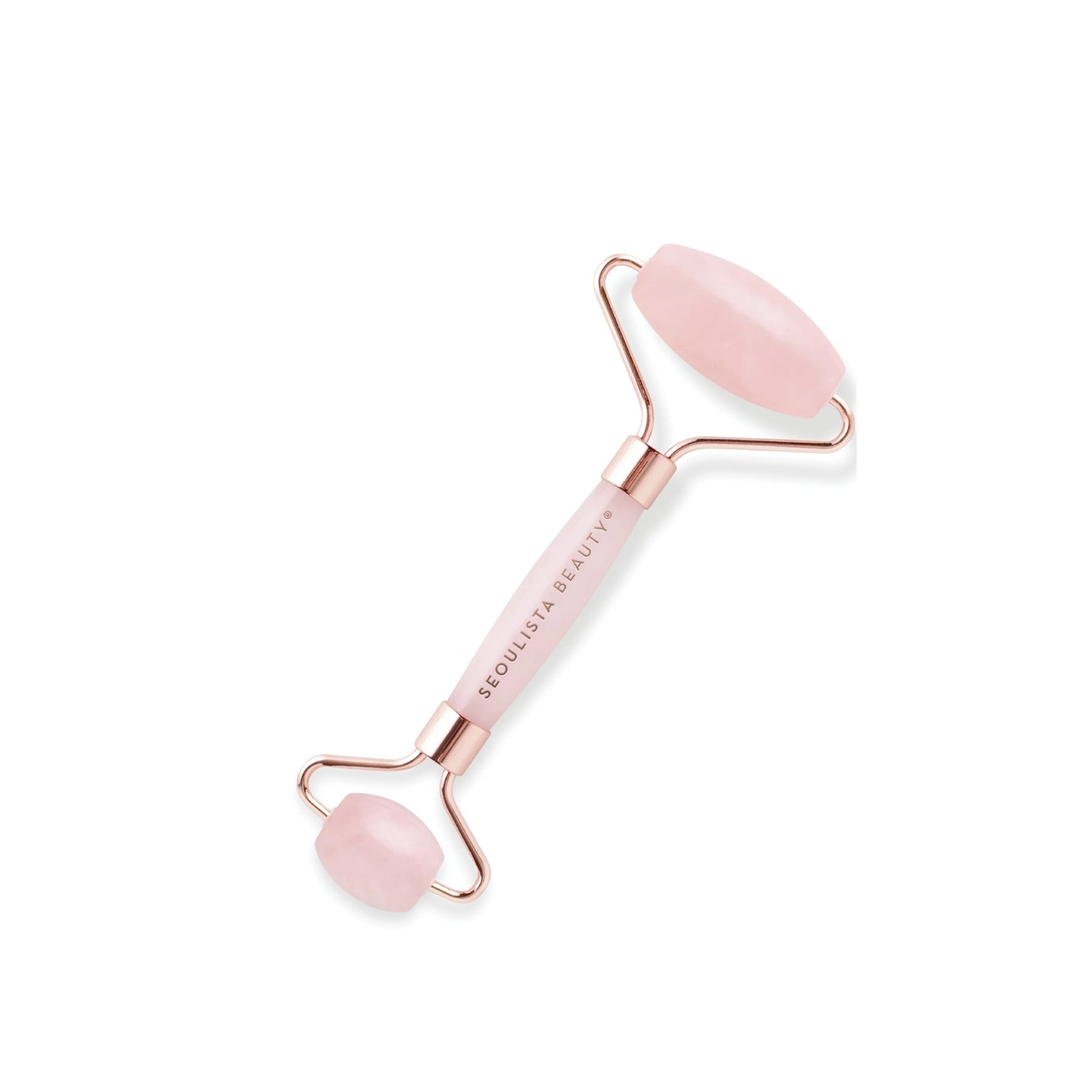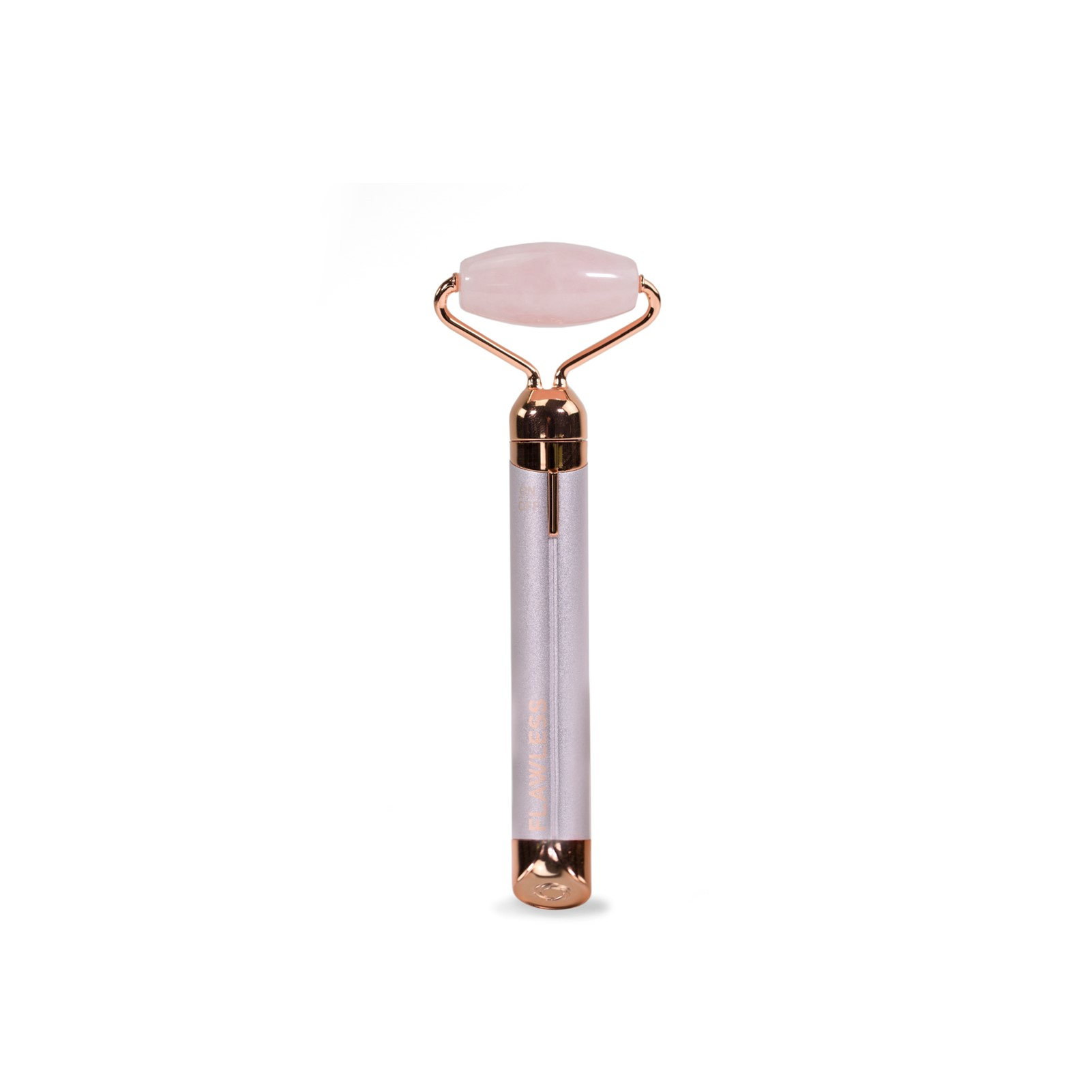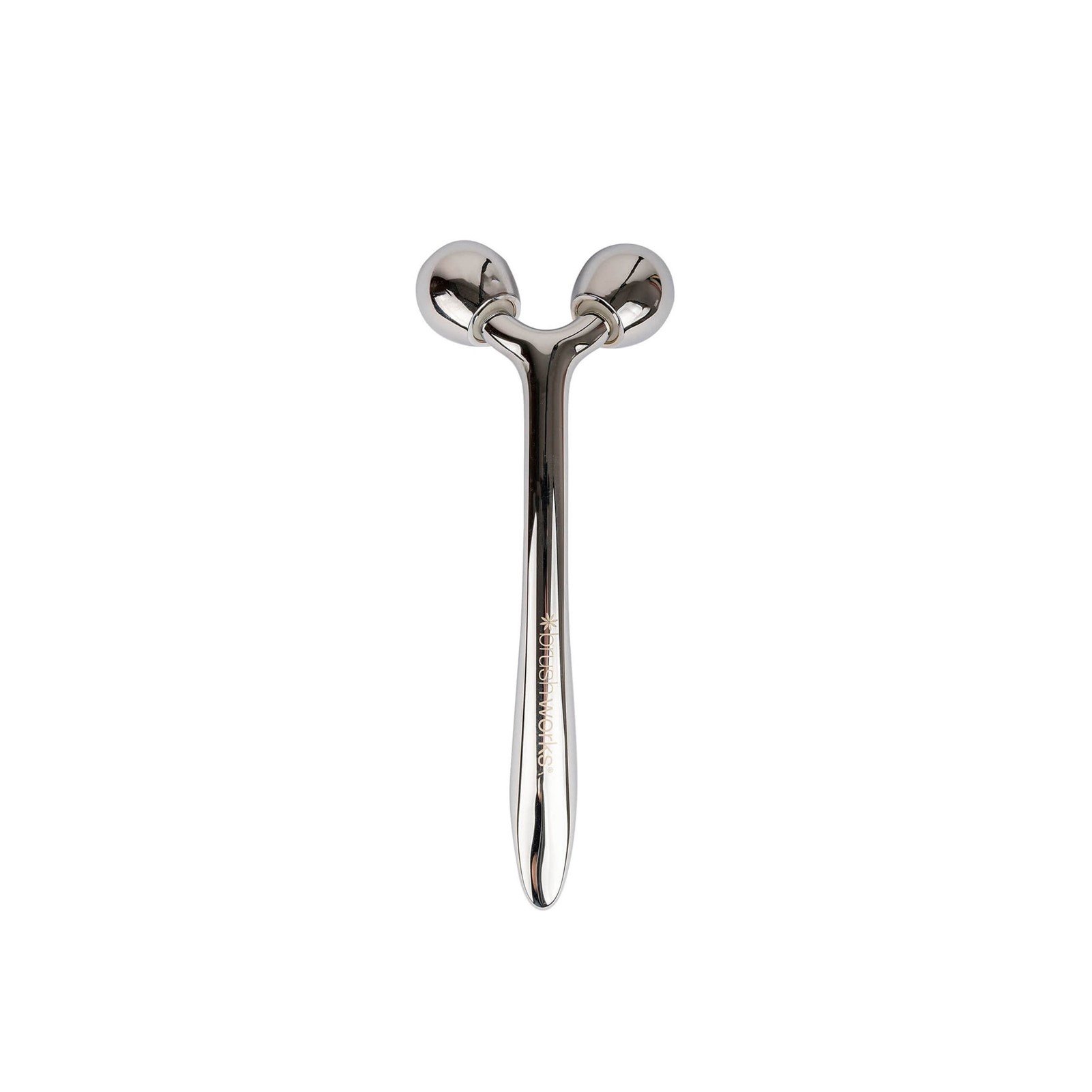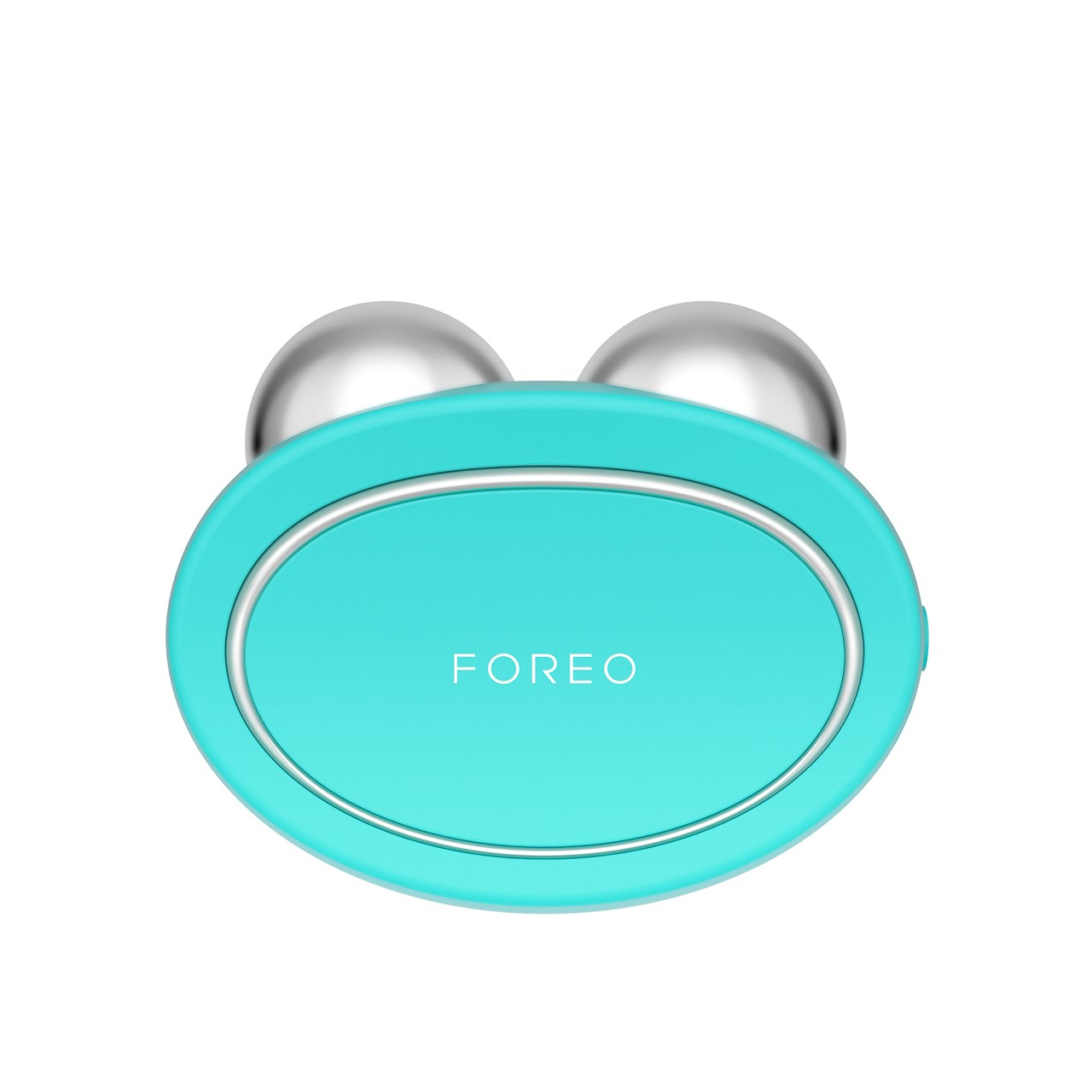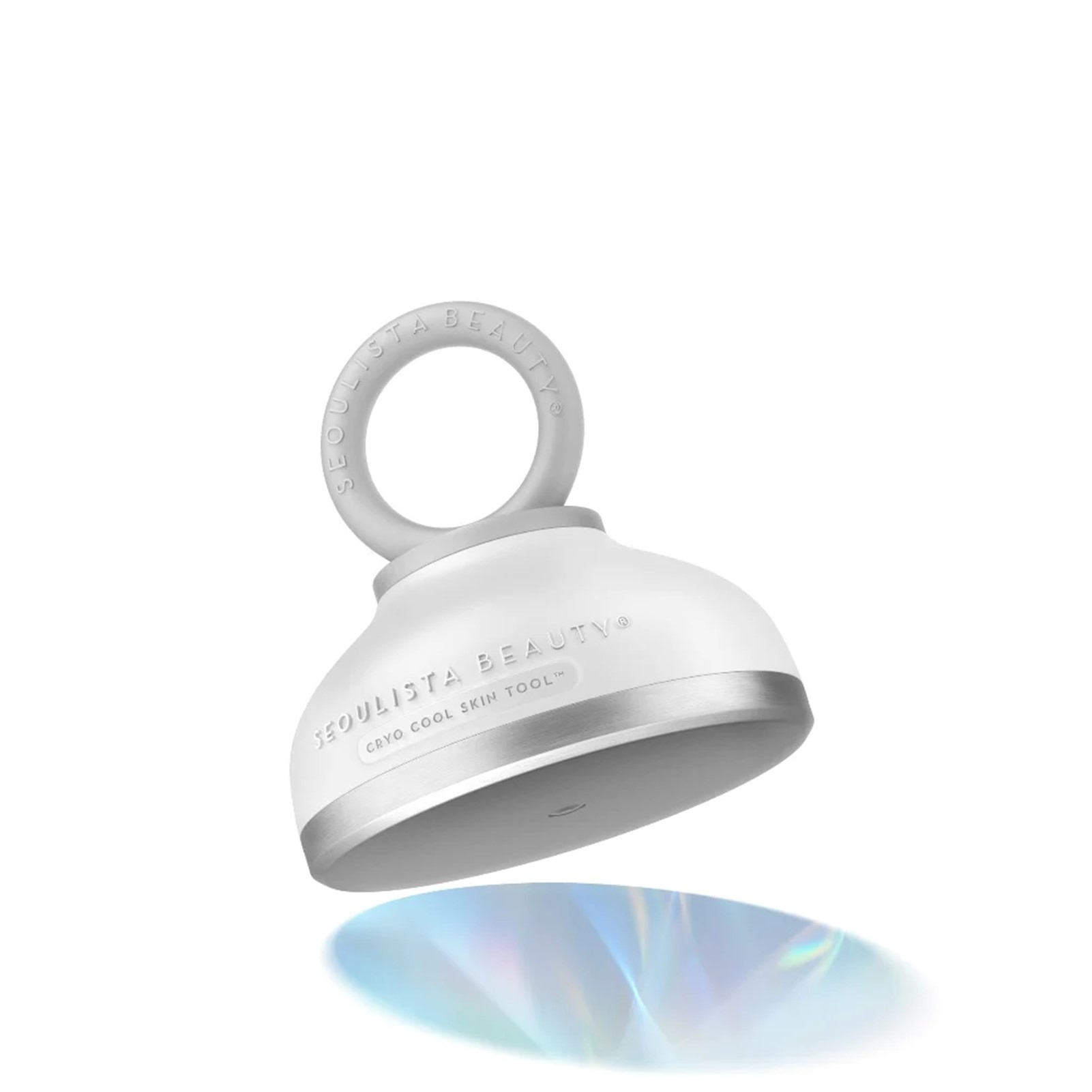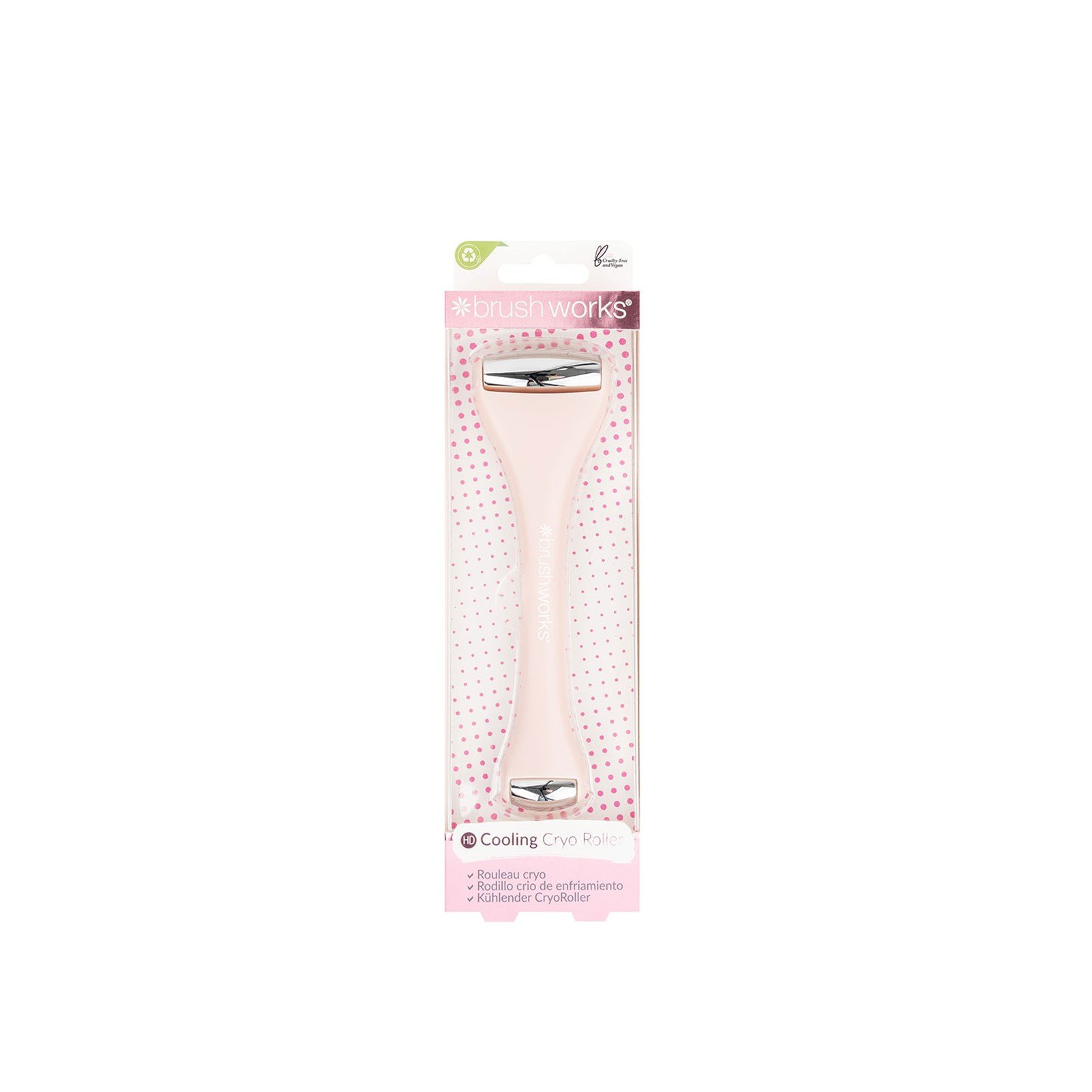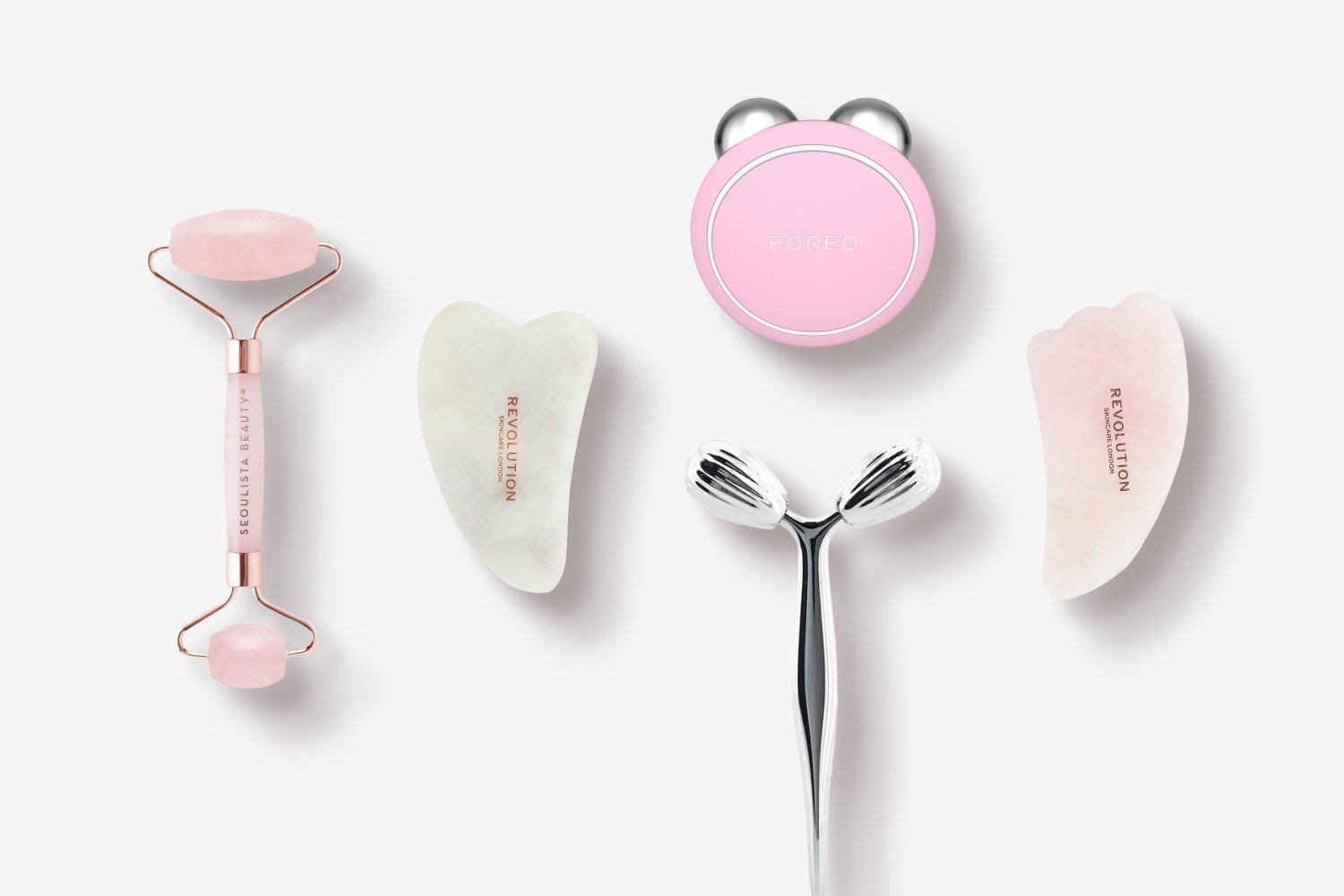
There’s more to a skincare routine than skincare products–these days, it’s all about the skincare tools! From sculpting rollers to gua sha stones, all the way up to microcurrent devices, there are plenty of skincare tools out there that promise to help you massage your way to glowing, radiant skin. If you can’t quite find your way among all the types of face massagers on the market, don’t worry: we’re here to help you figure out the best types of face massager for your skincare needs. Let’s get to it!
Gua Sha
There’s gua sha, the traditional Chinese practice that involves scraping the skin with a smooth, blunt tool, and then there’s the contemporary, social media version of gua sha–which may sound like the same thing but it’s much, much gentler.
Traditional gua sha massage is often done by a trained therapist. Using a blunt tool, they “scrape” certain areas of the body, such as the neck, back, arms, or legs, in order to help heal specific ailments or diseases. There’s a significant amount of pressure involved, because gua sha as a traditional technique is all about promoting health energy flow and blood circulation; indeed, it’s common for the skin to develop red rashes and bruises as a response to the treatment.
This is not the case with facial gua sha, which is often promoted as a gentle massage technique you can practice from the comfort of your own home. All you have to do is buy a gua sha stone–a curved, flat stone, often with a vaguely triangular shape and a couple of strategic divots and indents–and start massaging.
Because it’s a massage technique, gua sha may help promote blood flow to the skin. Indeed, a study found that gentle gua sha massage led to a significant increase in blood flow immediately after the massage, “which remained at a significantly higher level compared to the initial indicators for 25 minutes after the massage. The return of the perfusion indicator to the initial values was noted 40 minutes after the massage.”
At this point, there is no scientific evidence that gua sha massage may actually bring anti-aging benefits: it won’t resculpt your face, get rid of your fine lines and wrinkles, or reshape your double chin.
How to use a gua sha stone
- Start with clean skin;
- Apply a serum, face oil or moisturizer of your choice. This will reduce friction between your skin and the gua sha stone;
- Hold the gua sha stone at a 45 degree angle, max, and run it across your skin in gentle, upward motions;
- When you’re done, massage the remaining product into your skin, or rinse it away.
Jade rollers
Jade rollers exploded into the skincare world a couple of years ago, and they’ve become a part of many people’s skincare routines. Typically, a jade roller consists of a double-ended handle with two smooth cylinders of stone on either side. The stone is usually jade or quartz, and proponents of crystal therapy will claim different benefits for different types of stone.
To use a jade roller, the idea is to glide the smooth stone roller across the face, applying gentle pressure. The rolling motion is believed to boost circulation (leaving the skin looking rosy and flushed), and help depuff areas of swelling. When combined with the previous application of a skincare product, the rolling motion is also believed to enhance penetration of the active ingredients. Indeed, some people enjoy using their jade rollers over their sheet masks, almost as if they’re “ironing them out” over the skin. Combined with cryotherapy (say, if you’ve stored your roller in the fridge), it’s also believed to provide a soothing and depuffing effect.
As with gua sha, it’s important to separate the actual benefits you may derive from a massage–such as a temporary boost to microculation and the flushed, “radiant” look that follows–from the unfounded claims. A jade roller will not treat acne, erase wrinkles, or re-sculpt areas of your face where you’re starting to see sagging or loss of firmness.
It’s undeniable, however, that many find that the experience of rolling the roller across the skin can be quite relaxing, almost meditative.
How to use a jade roller
- Start with clean skin;
- Apply a serum, face oil, or moisturizer of your choice;
- Roll the jade stone across your skin in gentle upward and outward motions;
- When you’re done, massage the remaining product into your skin, or rinse it away.
Sculpting rollers
There’s a second type of face roller worth looking into, and that’s the “sculpting” face roller. These face rollers consist of a handle with a two-pronged “head” featuring one roller ball on either side. Because they’re placed at a slight angle, relative to each other, the roller balls roll in slightly opposite directions, creating a pinching and kneading motion that’s a little different from what’s provided by other face rollers.
This motion is believed to help release tension in the muscles and promote a lifting, firming, and sculpting action on the skin; however, like with other types of facial rollers, the evidence is mostly anedoctal. A study from 2018 looked into the short- and long-term effects of using one of these two-pronged rollers, and found that “five minutes of massage increased [skin blood flow] solely in the massaged area for at least 10 min after the cessation of the massage.” This boost of circulation may leave the skin looking flushed and radiant, certainly, but that’s a short-term effect.
Despite claims, there is no scientific evidence that sculpting rollers may be able to reshape your face or give you a sharper jawline. Once again, it seems that the benefits of facial rolling are connected to the act of massaging, more than they are connected to the specific design of the facial roller.
Microcurrent devices
We’ve been talking about hand-powered skin tools, but it’s time to talk high-tech: let’s talk at-home microcurrent devices. Facial microcurrent devices are beauty tools that use low-level electrical currents to stimulate facial muscles–in short, they put your muscles to work by giving them a bit of a workout. Microcurrent has been around for a while now–you could have a microcurrent facial done in-office by a trained professional–but it’s only recently that at-home microcurrent devices have grown more common. Today, you can use microcurrent on your skin every single day, if you want to, all without leaving the house.
Typically, a microcurrent device features a handle and a “head” with two metal spheres that you hold against your skin–these are the electrodes, through which the electrical current flows. When used on your skin, microcurrent devices claim to be able to boost circulation, promote collagen and elastin production, decrease puffiness, reduce fine lines and wrinkles, and redefine the facial contours (by, say, lifting and defining the jawline or cheekbones).
Dr. Michelle Wong explains how this all works, in theory: “The most obvious effect of microcurrent devices is increased muscle size. […] As you age, your muscles start to shrink, which contributes to the saggy look, loss of plumpness and loose skin that we associate with older faces. With microcurrent, your muscles get bigger and so you end up with a younger look.” This increase in muscle size, according to Dr. Wong, may also account for the appearance of tighter skin, fewer wrinkles, and more defined facial contours.
“The biggest problem is that there aren’t many direct studies on humans using microcurrent devices,” says Dr. Wong, “so there isn’t much data to back up the claims.”
How to use a microcurrent device at home
- Start with clean skin;
- Apply a thick layer of conductive gel (like the FOREO SUPERCHARGED™ Serum 2.0). If you don’t, you’ll feel the electricity prickling your skin;
- Turn on the device and press it against the areas of the face you want to treat, using a little bit of pressure (just a little!) in upward motions;
- When you’re done, you can massage the remaining product into your skin, or rinse it away.
Cryotherapy tools
Last, but not least, there’s a whole category of face massaging tools worth mentioning: cryotherapy tools, or cryo tools. This large group of skincare tools includes all types of tools that you can cool or freeze before applying, in order to transmit the benefits of cold to your skin. This includes products such as ice globes, ice wands, ice rollers, and even actual ice cubes.
As we have said on other occasions, there are some benefits to applying cold to your face: the cold can help reduce redness, minimize puffiness and undereye bags (great if you’ve had a rough night of sleep), and even create the feeling of slightly tighter, firmer skin. Studies indicate that applying cold to the skin can create vasoconstriction (meaning, it can cause the blood vessels to contract, reducing redness) and help reduce inflammation. If you try cryo tools with these expectations in mind, you may be pleasantly surprised!
As for what at-home cold therapy can’t do: it can’t shrink your pores, firm your skin long-term, reduce fine lines and wrinkles, or erase dark spots.
How to use cryo tools at home
- Keep the tools in the fridge between uses (or follow specific product instructions, if different);
- Start with clean skin;
- Gently roll or swipe the tools across your face for a few seconds at a time. Use rolling motions on dry skin, and swiping motions if you’ve got a serum or cream on.
Now that you know a little more about the different types of face massagers used in skincare, you can decide which one best suits your skincare routine and skincare needs. And don’t forget: in most cases, it’s ideal to accompany your facial massage with a serum, cream, or even facial oil. This will help reduce friction and create the perfect conditions for a relaxing moment. Try it!
Beauty Writer & Editor
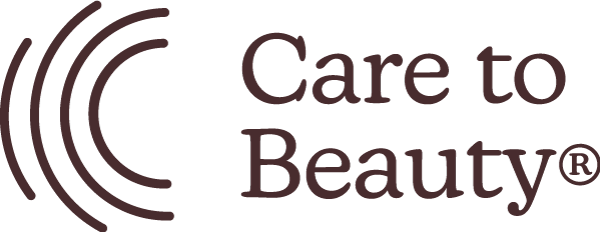
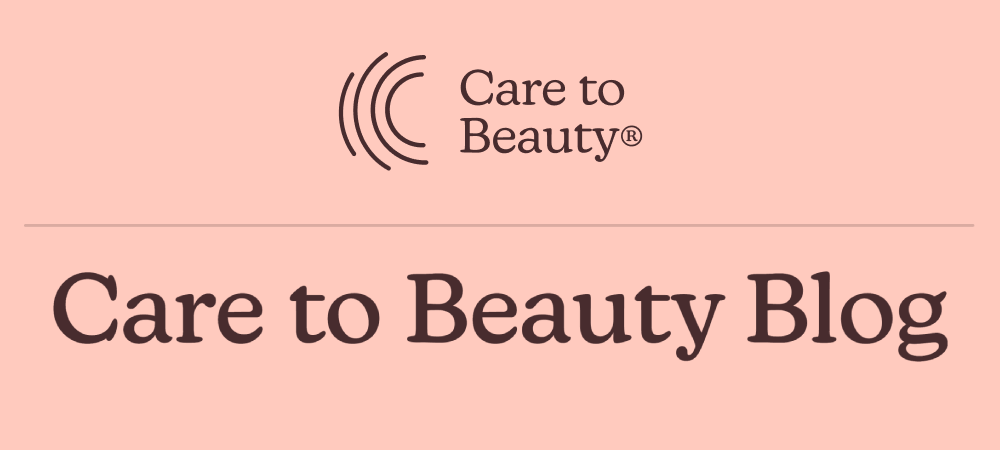
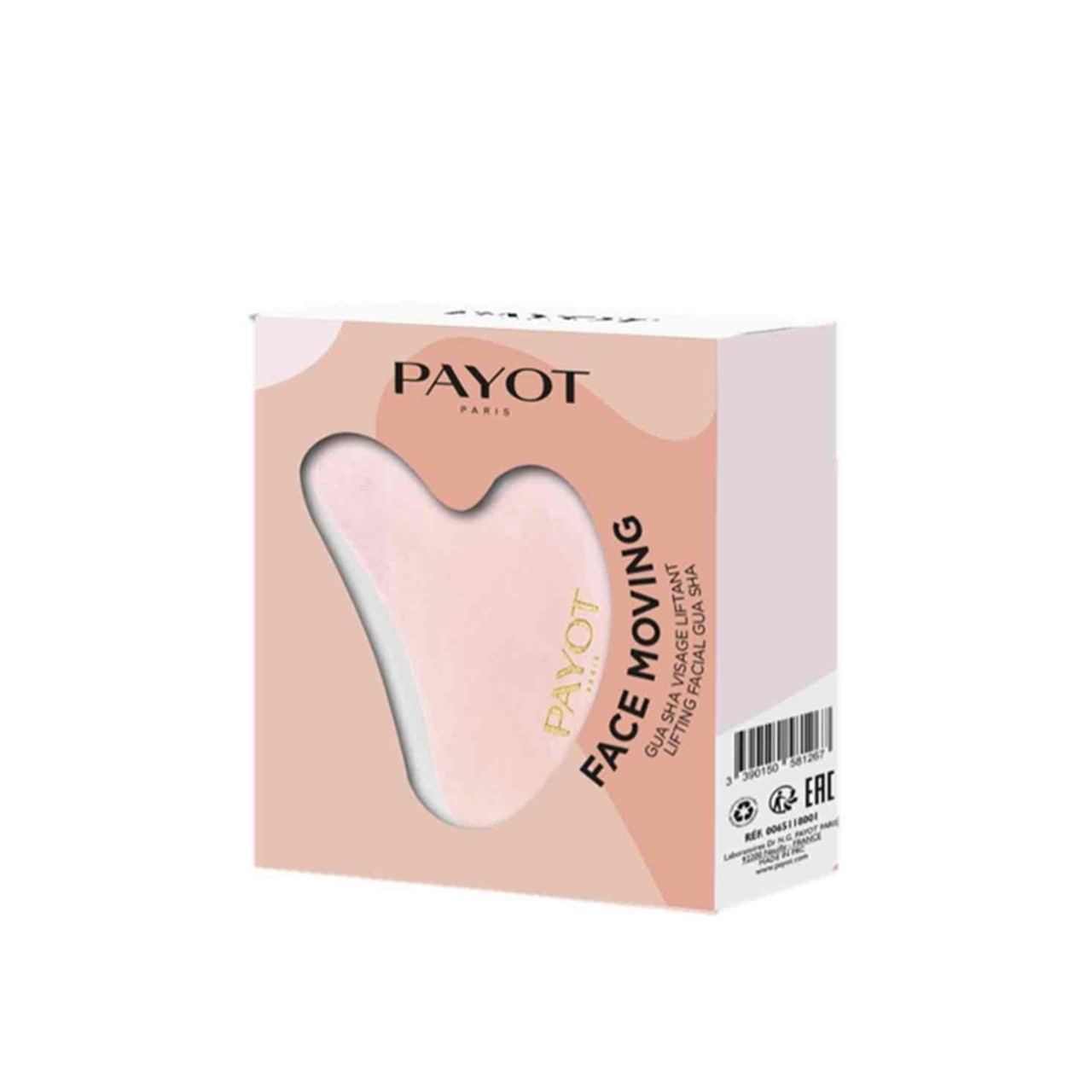 Payot Face Moving Lifting Facial Gua Sha
Payot Face Moving Lifting Facial Gua Sha
